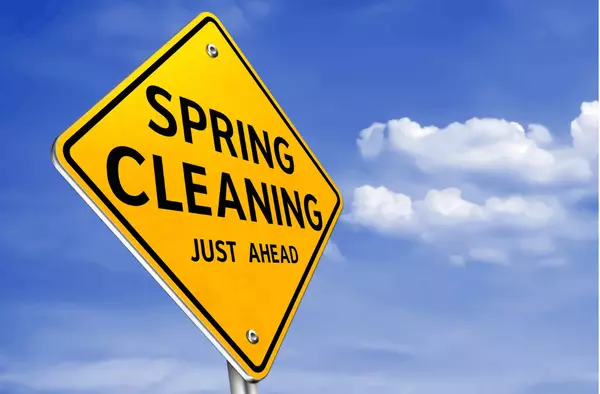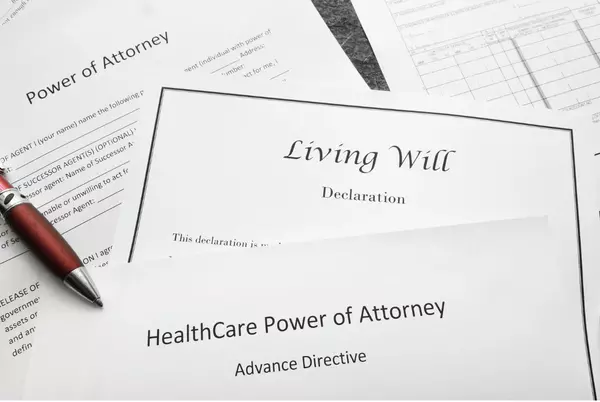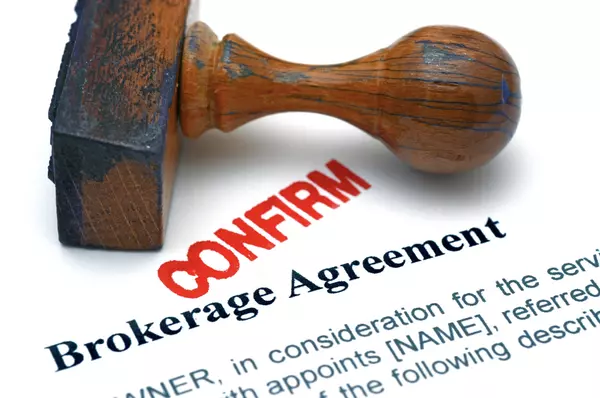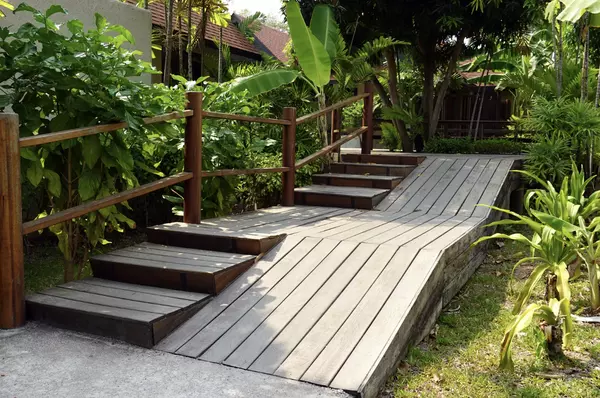Exciting News: King's Downsizing & Estate Services Becomes a Full-Service Real Estate Brokerage!
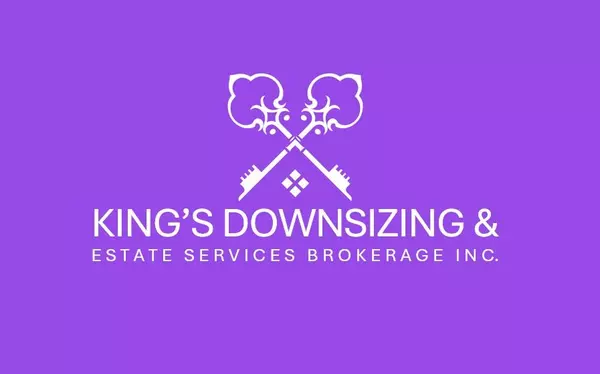
We’re thrilled to share some incredible news with our community: King’s Downsizing & Estate Services is now officially a full-service Real Estate Brokerage! This exciting new chapter allows us to better serve older adults and their families with seamless, one-stop, concierge-style support through e
Read MoreSuccess Stories: Clients Share Their Positive Experiences with Our Services

At King’s Downsizing & Estate Services, every client journey is deeply personal. Behind every transition lies a story filled with emotion, resilience, and the desire to move forward with dignity and grace. Today, we’re honoured to share the story of one of our remarkable clients—a testament to the
Read More-

When it comes to major life transitions like downsizing, relocating, or settling an estate, real estate alone is only one part of the puzzle. At King’s Downsizing & Estate Services, we go beyond traditional buying and selling. Through the integration of our King's Golden Years Concierge Services, w
Read More The Emotional Aspects of Downsizing: Tips for a Smooth Transition
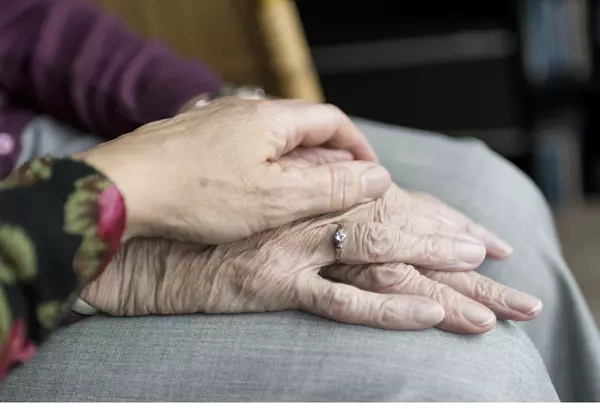
Downsizing is more than just a physical move—it’s an emotional journey. For many older adults and their families, letting go of a longtime home means parting with decades of memories, routines, and familiar comforts. It’s a process that can stir up feelings of grief, anxiety, and even guilt—especia
Read MoreFinancial Benefits of Downsizing: How to Maximize Your Investment

For many older adults, downsizing isn’t just a lifestyle decision—it’s a smart financial move. Whether you’re looking to reduce expenses, free up equity, or simplify your daily life, downsizing your home can open the door to new opportunities and long-term savings. At King’s Downsizing & Estate Ser
Read MoreNavigating the Real Estate Market: Tips for Seniors Looking to Sell

Selling a home at any stage of life can be overwhelming—but for seniors, the process often comes with unique emotional and logistical considerations. Whether you're downsizing, transitioning into a retirement community, or simply looking to simplify your lifestyle, understanding the real estate mar
Read MoreTop Considerations When Downsizing: Finding the Right Fit for Your Future

Downsizing is more than just moving to a smaller space—it’s about embracing a new chapter of life that better reflects your current lifestyle, priorities, and future goals. Whether you’re planning ahead or navigating a transition brought on by changing health or family dynamics, downsizing offers a
Read MorePlanning Your Move to a New Home in 2025: Tips for a Fresh Start

As 2025 approaches, you might be considering a fresh start—perhaps downsizing to a more manageable home, relocating to a retirement community, or simply embracing a new chapter in life. Whatever the reason, moving to a new home can be an exciting yet daunting process. At King’s Downsizing & Estate
Read MoreThe Power of Letting Go: How Decluttering Can Improve Your Well-Being

We often accumulate more than just physical items over the years—emotional baggage, memories, and stresses come with the territory. Decluttering, however, is not just about cleaning out your closet or organizing your attic. It’s about creating space in your life for better mental, emotional, an
Read MoreWhy Now is the Best Time to Begin Planning to Downsize in 2025

As we move into the final months of 2024, it may seem like 2025 is still a long way off. However, when it comes to downsizing and preparing for major life transitions, starting early is the key to a smoother, stress-free experience. Whether you're considering downsizing due to lifestyle changes, re
Read MoreHow to Declutter Efficiently in Stages to Avoid Feeling Overwhelmed

Decluttering your home can feel like an enormous task, especially if you’ve accumulated years of belongings that hold sentimental value or are simply no longer necessary. Whether you’re preparing for a move, downsizing, or just looking to create a more organized living space, the process can qu
Read MoreEstate Planning and Downsizing: How to Combine the Two

When it comes to planning for the future, two important considerations often arise for older adults: estate planning and downsizing. Both are essential elements of preparing for a comfortable and secure retirement, but when combined, they can create a comprehensive approach to aging well and securi
Read MoreWhat to Expect When Moving to a Life Lease Community

As we age, the desire for a secure, comfortable, and supportive living environment becomes more prominent. For many seniors, a life lease community presents an excellent option, offering a blend of independence, security, and peace of mind. At King's Downsizing & Estate Services, we understand that
Read MoreHow to Donate or Sell Antiques and Collectibles When Downsizing

Downsizing can be both a rewarding and challenging process, especially when it comes to managing personal treasures like antiques and collectibles. These valuable items often hold sentimental significance, but they can also take up a lot of space. Deciding what to do with them can fee
Read MoreThe Benefits of Joining Our King’s Downsizing & Concierge Services

At King’s Downsizing & Estate Services, we understand that managing life’s transitions, whether through downsizing, relocating, or navigating estate settlements, can be overwhelming. As a trusted partner, our goal is to make these transitions as seamless, stress-free, and efficient as
Read MoreTop Considerations for Choosing a Retirement Residence

Choosing a retirement residence is a significant decision that impacts your lifestyle, health, and overall well-being. Whether you’re making the decision for yourself or assisting a loved one, there are many factors to consider to ensure that the chosen residence meets your needs and preferences. A
Read MoreThe Emotional Side of Downsizing: Tips for Managing Stress and Anxiety

Downsizing can be an emotional journey filled with mixed feelings of excitement, nostalgia, and sometimes even stress or anxiety. Sorting through a lifetime of memories, letting go of cherished possessions, and adapting to a new environment can be overwhelming, especially for seniors who may have l
Read MorePreparing for a Smooth Transition to Assisted Living or Memory Care

Moving to assisted living or memory care is a significant life change, not only for the individual moving but also for their family and loved ones. Preparing for this transition takes time, planning, and careful attention to both physical and emotional needs. At King’s Downsizing & Estate Services,
Read MoreHow to Prepare Your Home for Sale After Downsizing

Downsizing is often a rewarding process that helps you declutter, simplify, and prepare for a new chapter. Once you’ve moved into your new space, however, the next step is preparing your former home for sale. Properly staging and presenting your home can make a significant difference
Read MoreWhat to Do with Unwanted Furniture and Large Household Items During Downsizing

Downsizing often means letting go of furniture and large household items that no longer fit your lifestyle or space. Deciding what to do with these items can feel overwhelming, but with the right approach, it can be an empowering and liberating process. At King’s Downsizing & Estate Services, we sp
Read More
Categories
- All Blogs 73
- 55+ Living Communities 20
- Aging-In-Place 16
- Community Engagement 3
- Concierge 13
- Decluttering 8
- Downsizing 31
- Estate Planning 6
- Estate Settlement 26
- Fall Prevention 11
- General 18
- Home Safety 8
- International Retirement Living 4
- Land Lease 6
- Life Lease 7
- Lifestyle 15
- Out of Town Estate Settlement 24
- Probate 22
- Real Estate 4
- Retirement Residences 17
- Tax Returns 4
- Wealth Transfer 21
Recent Posts
